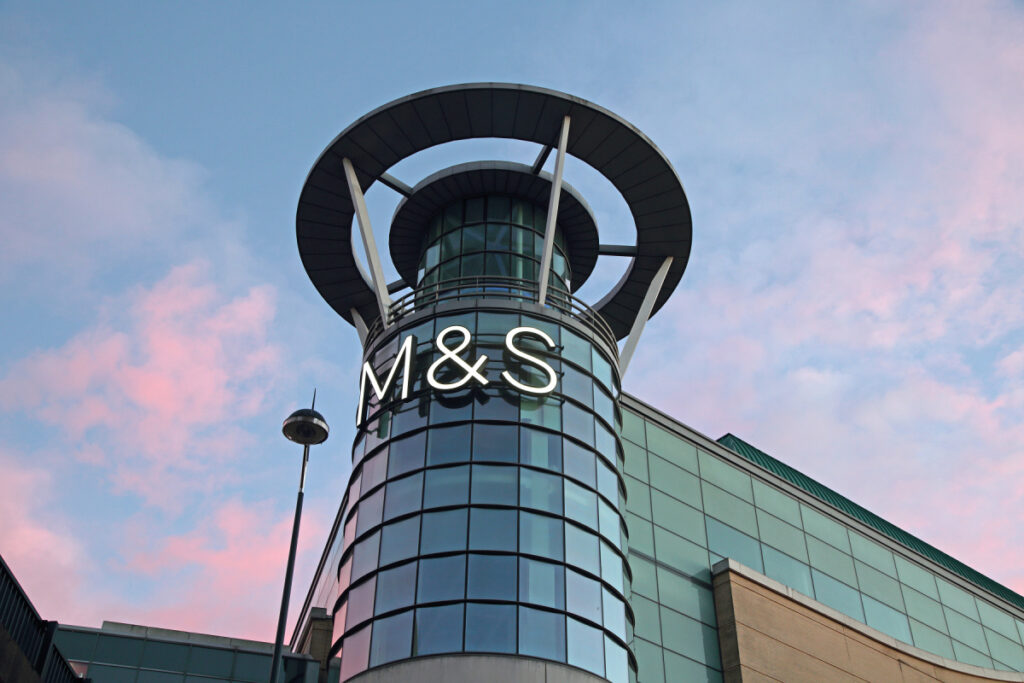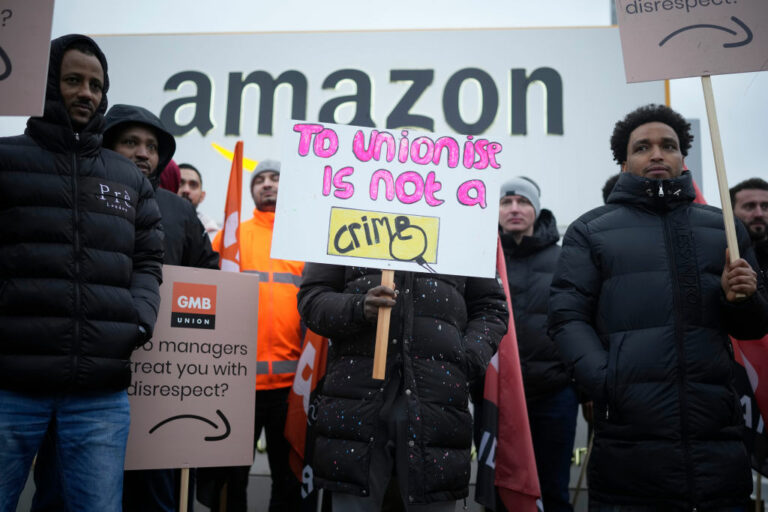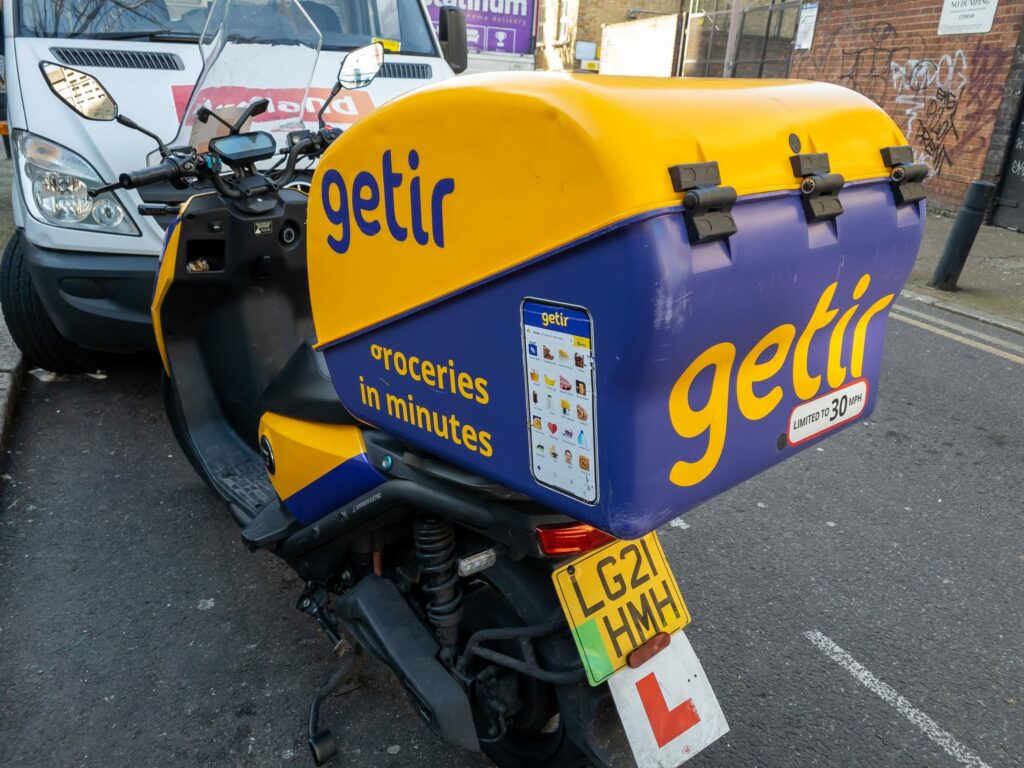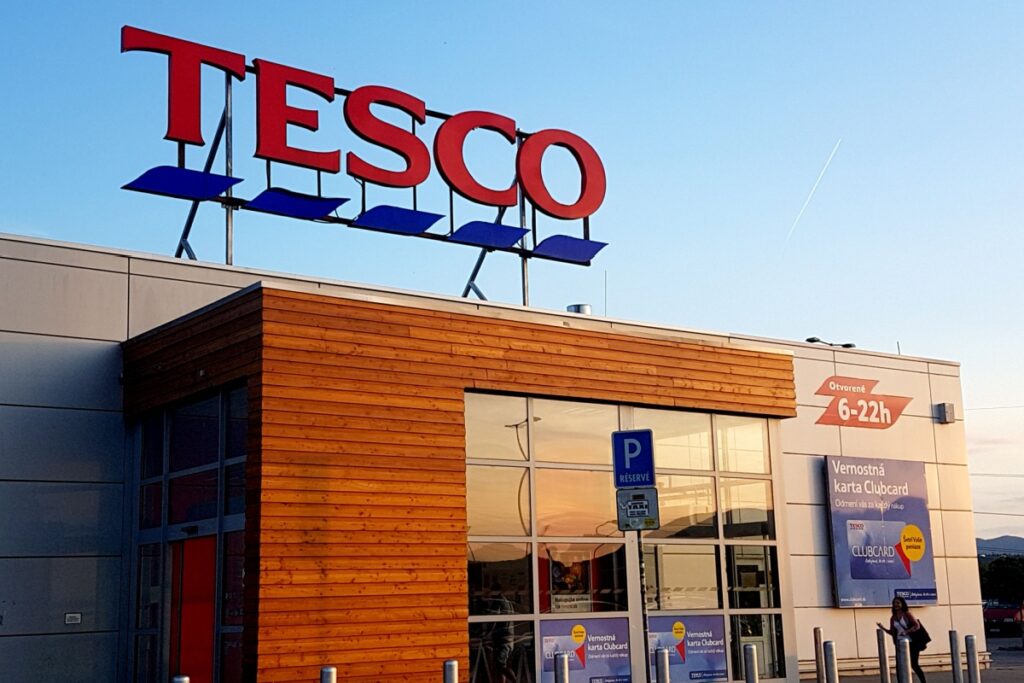In the last six months there have been numerous articles relating to the growth of m-commerce. ‘M-commerce set to grow by 254 per cent in 2012‘, or is it ‘582 per cent‘? No matter, it appears that a significant number of retailers are developing a mobile shopping service as fast as they can, as m-commerce is set to be a game changer. Or is it?
At the moment the hype behind m-commerce reminds us a lot of the early days of e-commerce, or Internet retailing as it was known in the 90‘s. There are seemingly breathtaking growth figures, but many fail to highlight the low starting base. If we stand back and look at m-commerce in a pure sales context, it is, if we go on the more bullish figures, 10 per cent of e-commerce sales. Recent reports indicate that e-commerce contributes 8.3 per cent to the UK economy. Some simple maths indicates that m-commerce is currently contributing less than one per cent right now. There are some significant revenue success stories, such as PayPal processing $10 million per day, 18 per cent of Ocado sales from a mobile device in 2011 and Domino‘s taking over £1million in mobile sales in just one week in 2012. However, taking in to account music sales, total m-commerce revenue contribution is currently minor.
Investment in contactless payments and m-payments (mobile wallets) will drive this growth, as will the adoption of the TV airwaves and of course the rise of Smartphone and tablet usage. However, right now, concerns about security, poor mobile site designs, limited payment options and speed remain barriers; part explaining why most m-commerce services convert at less than one per cent.
To just focus on the actual spend through mobile would be to miss the much wider impact that it will have on retail. Mobile promises to be the glue between other channels and as such to be central to any multi channel strategy and not as a standalone channel. Nearly eight years ago, Argos introduced Text and Take Home, an SMS based service that allowed customers to text product numbers, to see if it was available in their store and then to reserve it and to receive their reservation code by text. The service was hugely popular and gave a clear indication of how mobile will help glue different channels together.
Jumping to today, there are a growing number of examples of companies using mobiles as part of a service, such as a delivery company texting the delivery day and time slot, with alternatives if not suitable, reducing the dreaded ‘no show‘. Amazon Flow, albeit a bit cheeky, now allows customers to scan products in other retailer‘s stores and check out the price from Amazon, along with similar services from mobile based solutions which are finding their way in to shopping centres. M-commerce is also finding its way in to stores as a sales assisted device.
Companies such as Kurt Geiger, Reiss and more recently Marks and Spencer, have been trialling iPads in stores, to help staff show more products for customers and to order them, either for store or home delivery. With this type of easy to use and portable interface, even the smallest store can have access to the whole range.
A lot of m-commerce activity actually takes place at home or via a wi-fi connection at work. A recent report by Simpson Carpenter stated that only 26 per cent of m-commerce takes place on the move, but this figure is rising with the penetration of smartphones. This is backed up by our own experiences with retailers, where the I-pad accounts for over 40 per cent of mobile traffic. The conversion rate is also higher on an iPad, usually twice as much. This may point to the size of the screen still having a central importance to how consumers will use devices for different activities and also it is easier to navigate non mobile optimised websites via an iPad.
What it does indicate, and something that many of the mobile reviews do not appear to pick up on, is the impact
RELATED STORIES
















